Phia Thap is known for its traditional incense making craft that has existed for generations. The incense making craft of the Nung people in Phia Thap village has existed for a long time, but no one knows who the “ancestor” was who brought the craft to the village.
From the beginning of the village, the presence of incense can be seen. The incense making profession of the Nung people in Phia Thap village has been passed down from generation to generation. Everyone in the village knows how to make incense. From children to toothless old women, everyone participates in the production process. Here, they make a living from this profession.
Phia Thap incense is made entirely from natural ingredients in the limestone mountainous region. With completely natural ingredients, Phia Thap incense sticks create a spicy, strong scent due to the leaves of the agarwood tree. Despite modern technology, the people here still only use the traditional incense making method left by their ancestors.
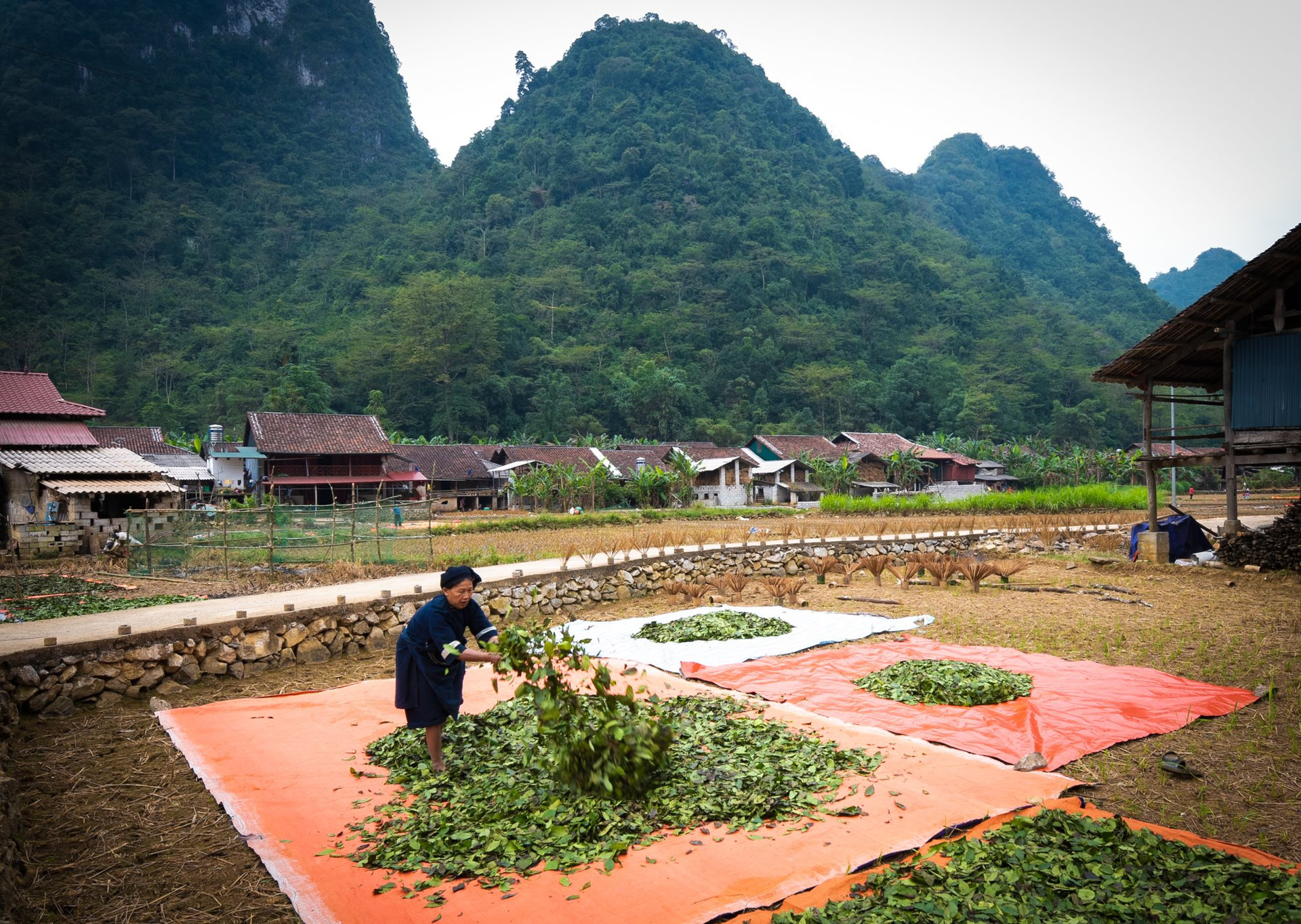
The incense body is often made from apricot trees because it is flexible and easy to catch fire. Apricot trees are taken from the forest, cut into pieces about 40cm long, then split by hand, shaved into small sticks like chopsticks, round and soaked in water for 2-3 days before being used. Meanwhile, the incense body powder is made from pine wood. The pine trees are left to rot for at least 3 years, then chopped, dried and ground into powder. This powder is then mixed with a mixture of sawdust and agarwood powder to create the main ingredient for the incense body.
And especially the leaves of the Bau Hat tree - a type of tree that only grows on natural cliffs in the forest, used to make glue to bind the powder and the incense core. Phia Thap incense has 100% natural ingredients and the incense making process is all manual, must ensure technical requirements, not allowed to be careless, fraudulent, or of poor quality.
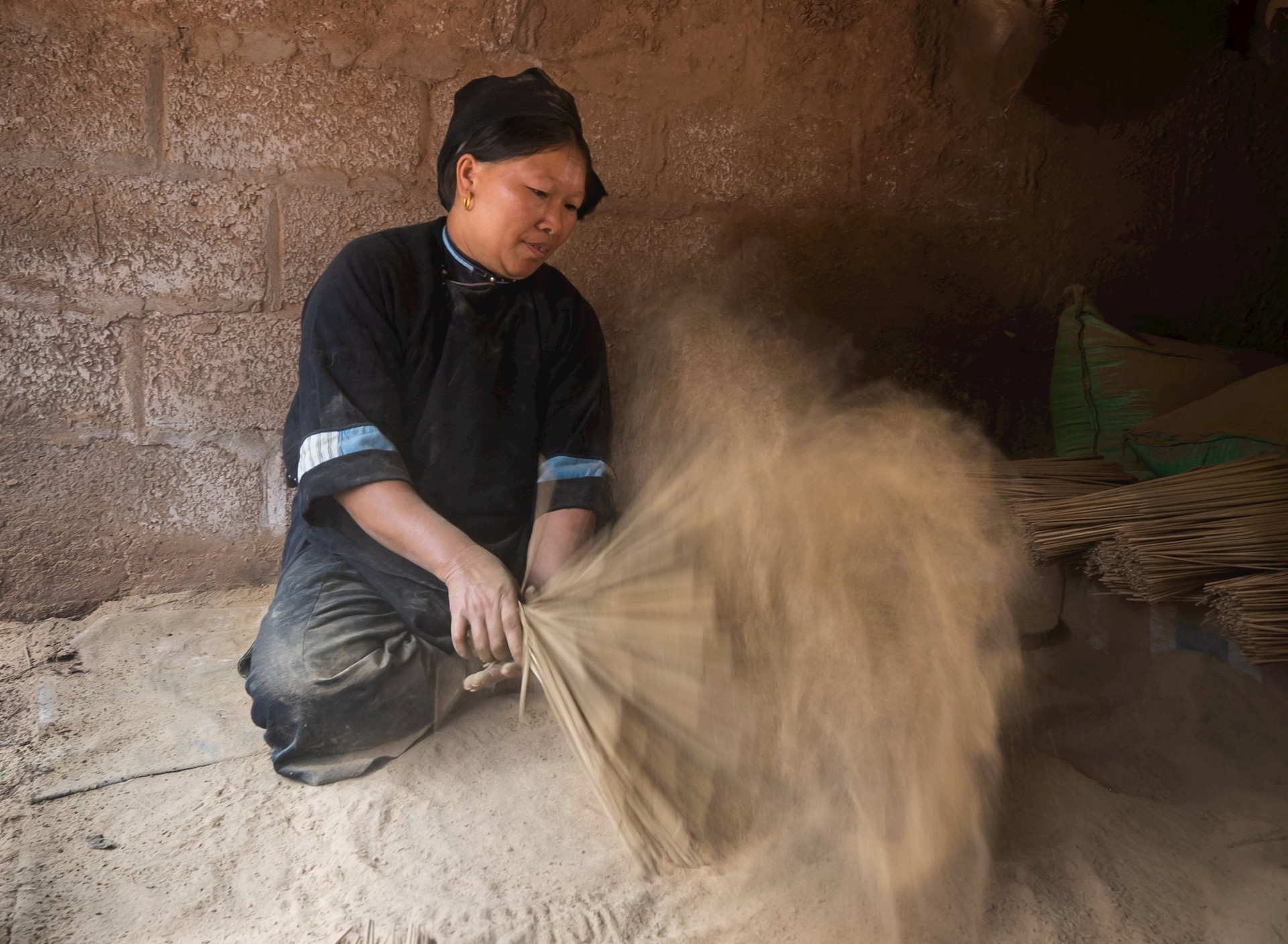
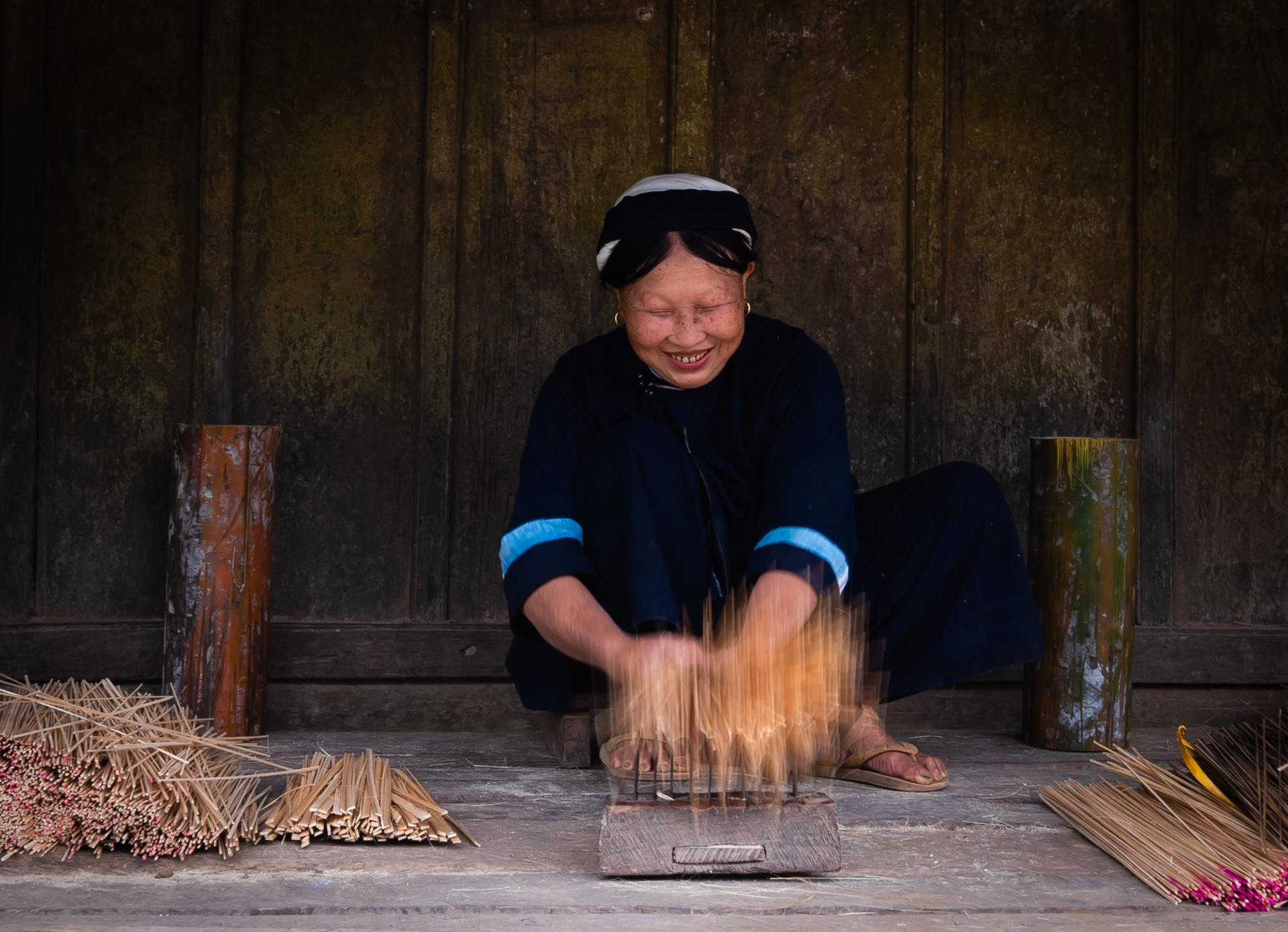
Making incense is not difficult but requires many steps. During the process, you have to pay attention to many details. If you add too much binder (powder of gourd leaves), it will not become incense. If you roll the incense stick through sawdust more than 4 times, the incense stick will be too big and not beautiful. If you shake it unevenly, the powder will not stick evenly to the incense stick.
Looking at the person doing it, it seems simple, the wrists are flexible like dancing, but to reach such a level of proficiency takes a lot of time. To let the incense sticks reach a certain level of dryness, the person drying the incense must choose the time to dry the incense at noon when the temperature of the day is highest.
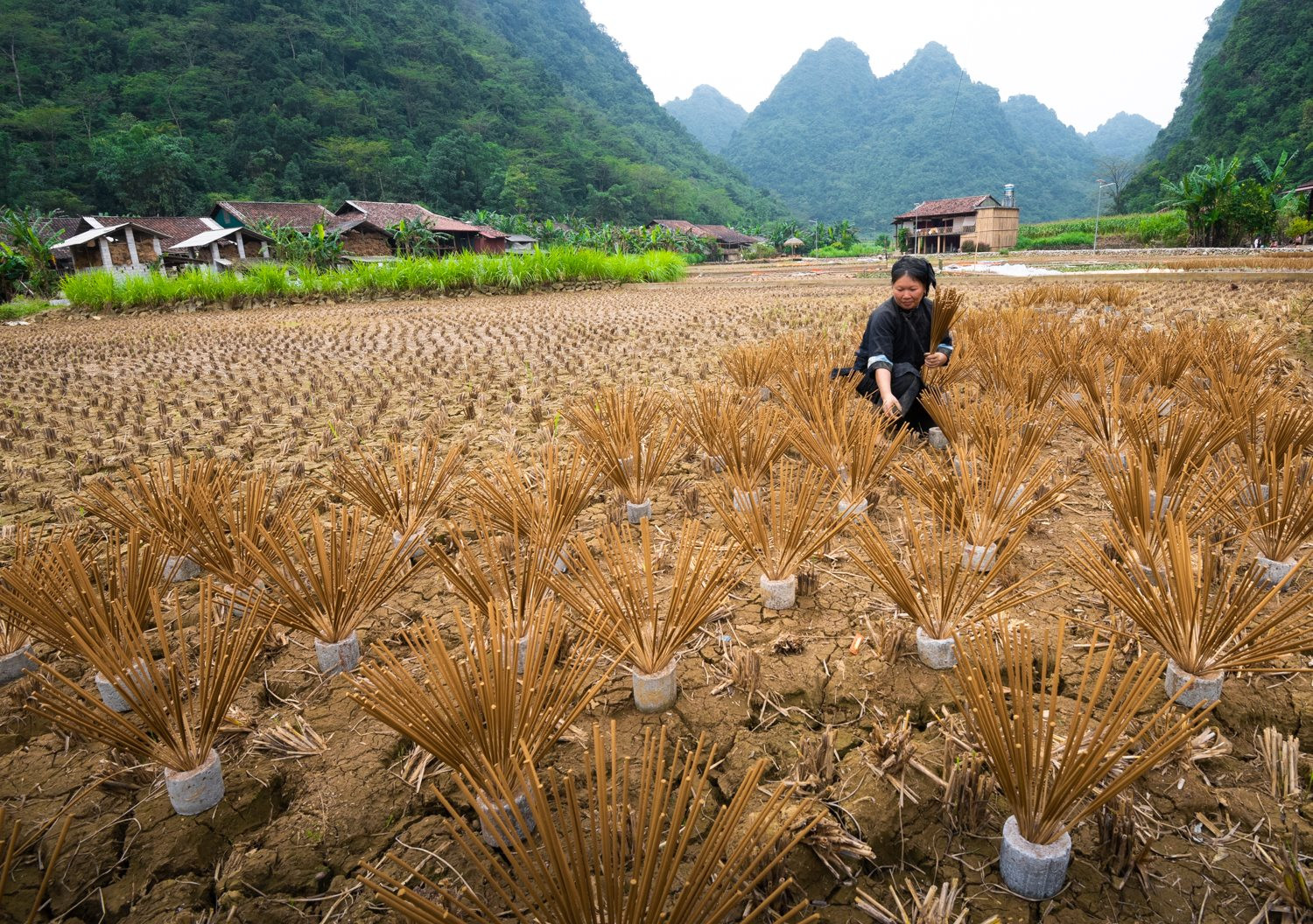
If the sun is nice, it will dry in one day, otherwise it will take 2-3 days, even in the kitchen when necessary. The incense sticks will then be dyed red at the base and dried again, and finally tied into bundles for sale.
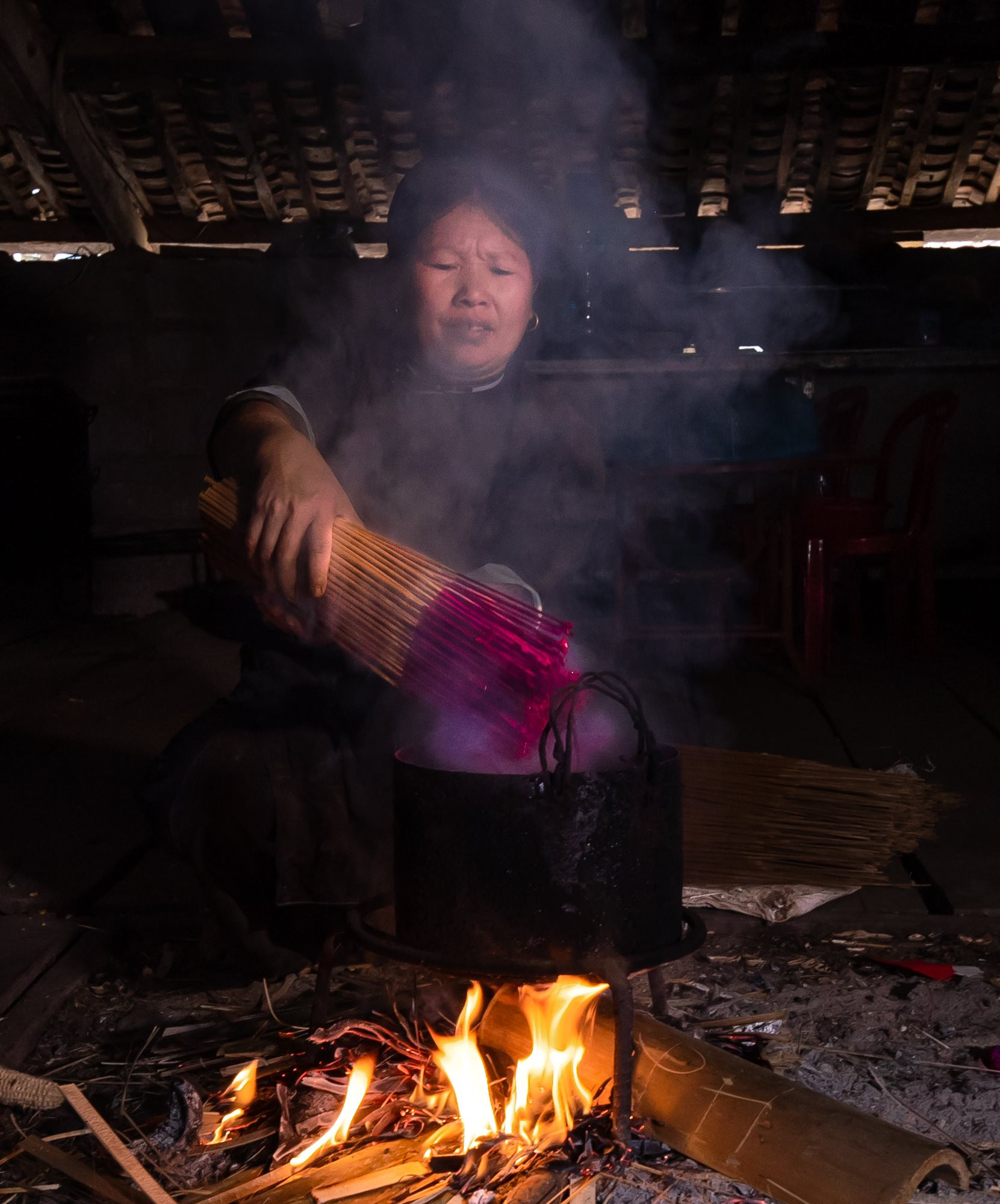
With good quality, Phia Thap incense is sold at all Tet markets in the province as well as in the northern provinces. Each small bundle costs from 10,000 to 20,000 VND. Although the incense here is produced from 100% raw materials without toxic chemicals, local people say that due to customs, Vietnamese tourists rarely buy incense to take away, most Western tourists often buy it on the spot.
In recent years, Phia Thap village has started to do community tourism, welcoming visitors from all over to rest and learn about the village's life. Experiencing incense making is one of the programs that attracts tourists here. At the same time, this is also a way to promote products and brands, linking craft villages with places and cultural tourism addresses to create attractive products, supporting socio -economic development for the people, and being a highlight when coming to Cao Bang. Tourists coming to Phia Thap village are very interested in the experience of trying to make incense under the guidance of local people.
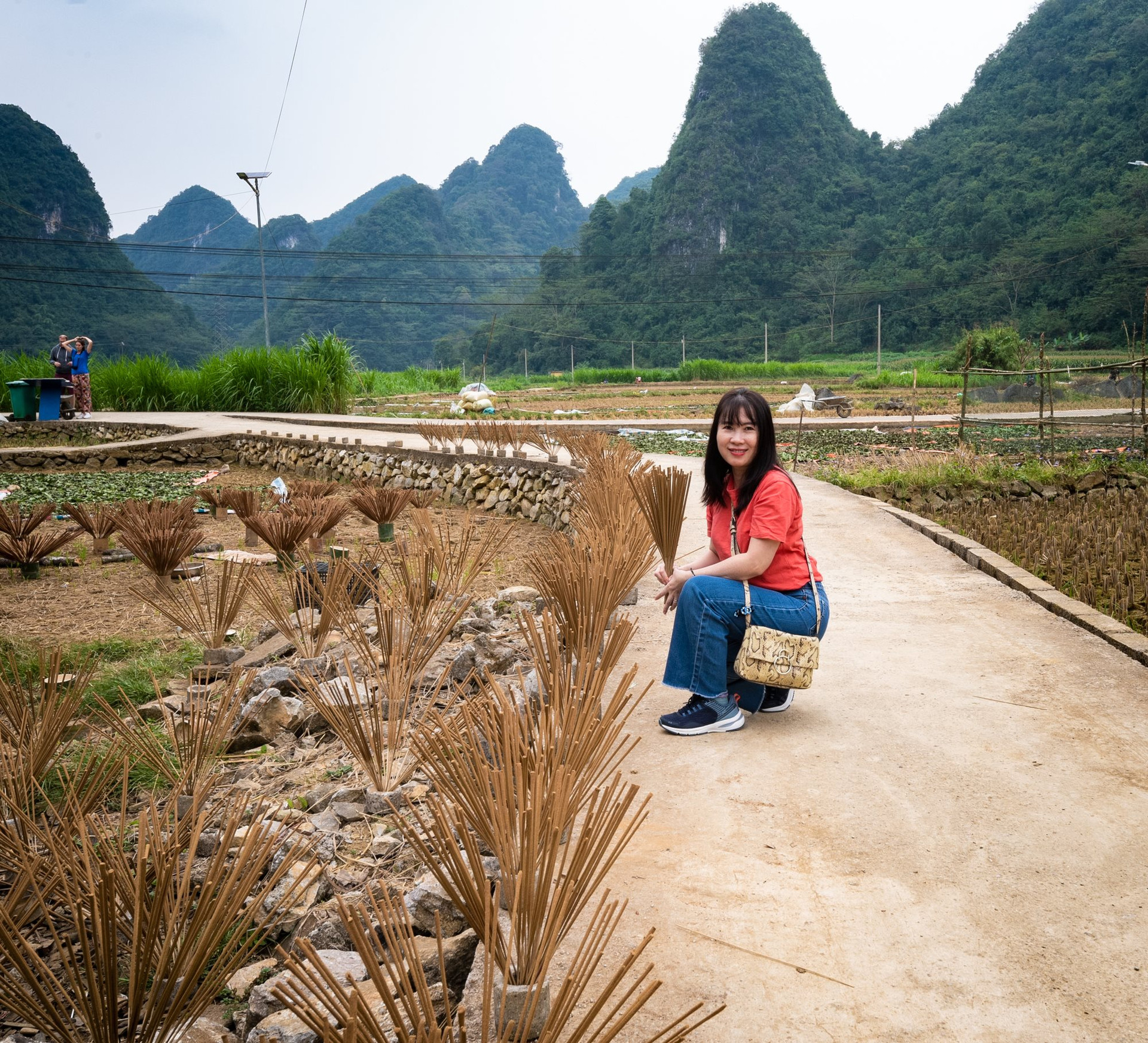
Making incense not only brings income to the people here, it also contributes to preserving a traditional profession of the Nung people - a beautiful feature imbued with national identity associated with the incense burning custom of the Vietnamese people. In Vietnamese culture, incense sticks are considered a bridge between present life and the spiritual world . The traditional incense making village of the Nung people in Phia Thap, Phuc Sen commune, Quang Hoa district, Cao Bang province is contributing to preserving the beautiful spiritual cultural features of the nation while also contributing to protecting the environment by using 100% of raw materials produced from natural resources available locally. And this is also the core content of the National Target Program on cultural development and building Vietnamese people in the period of 2025-2035 , which is to preserve and promote the values of national cultural heritage.
Source



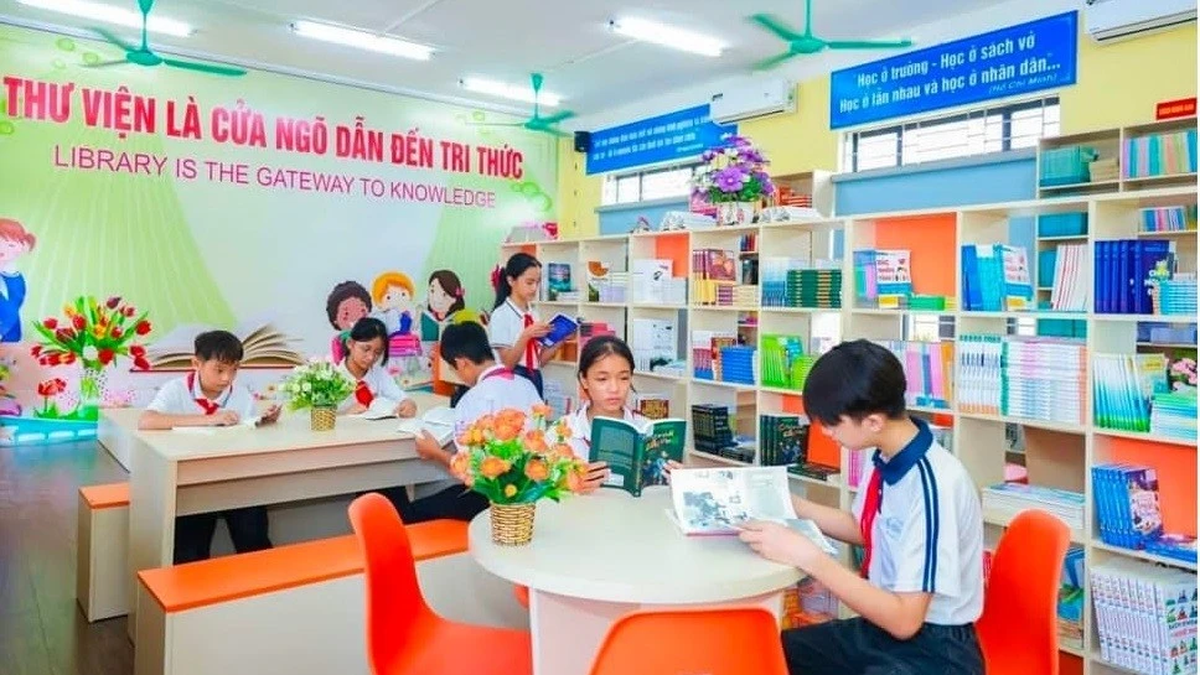
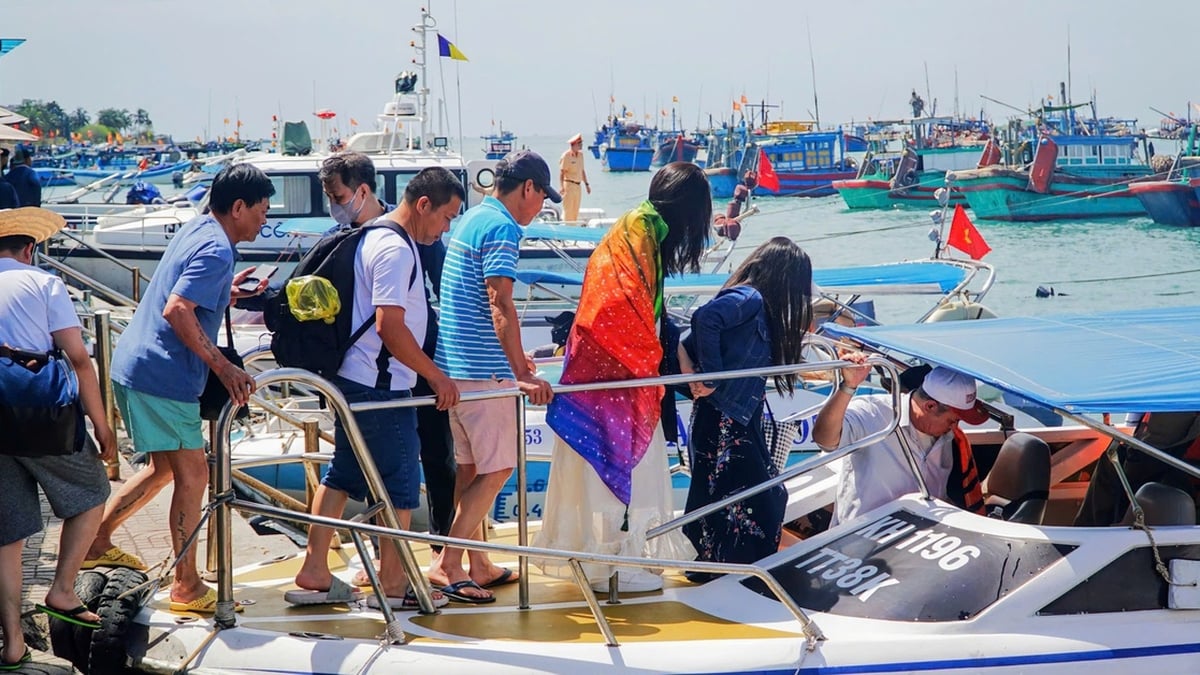
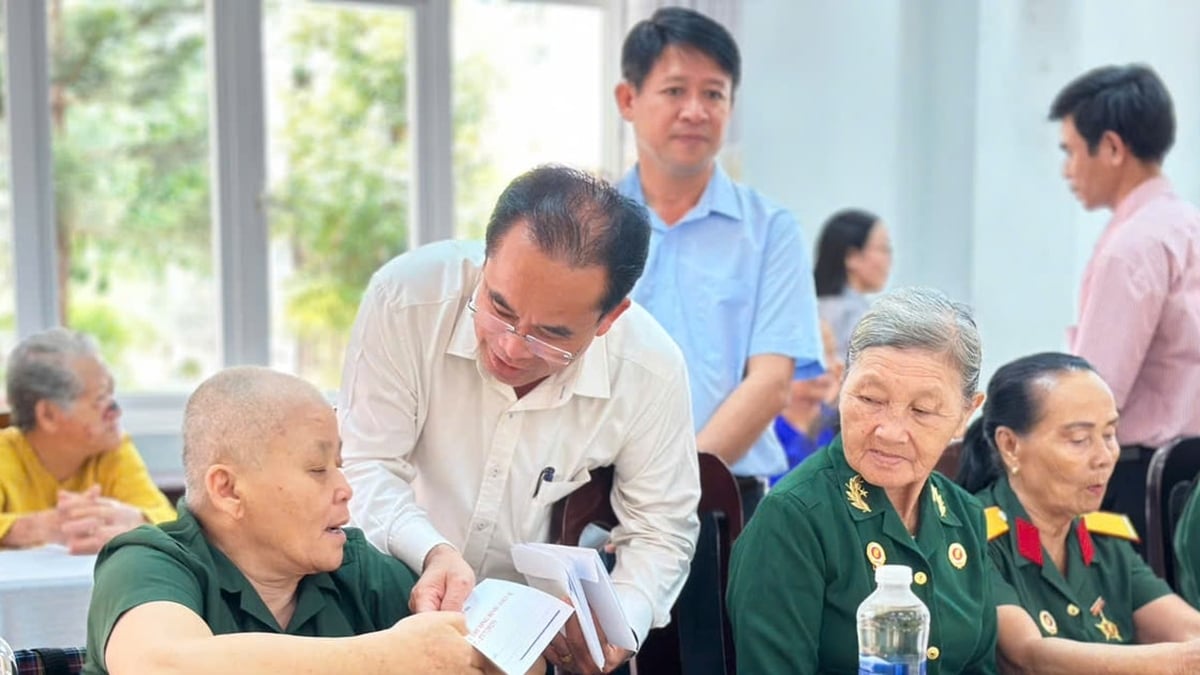


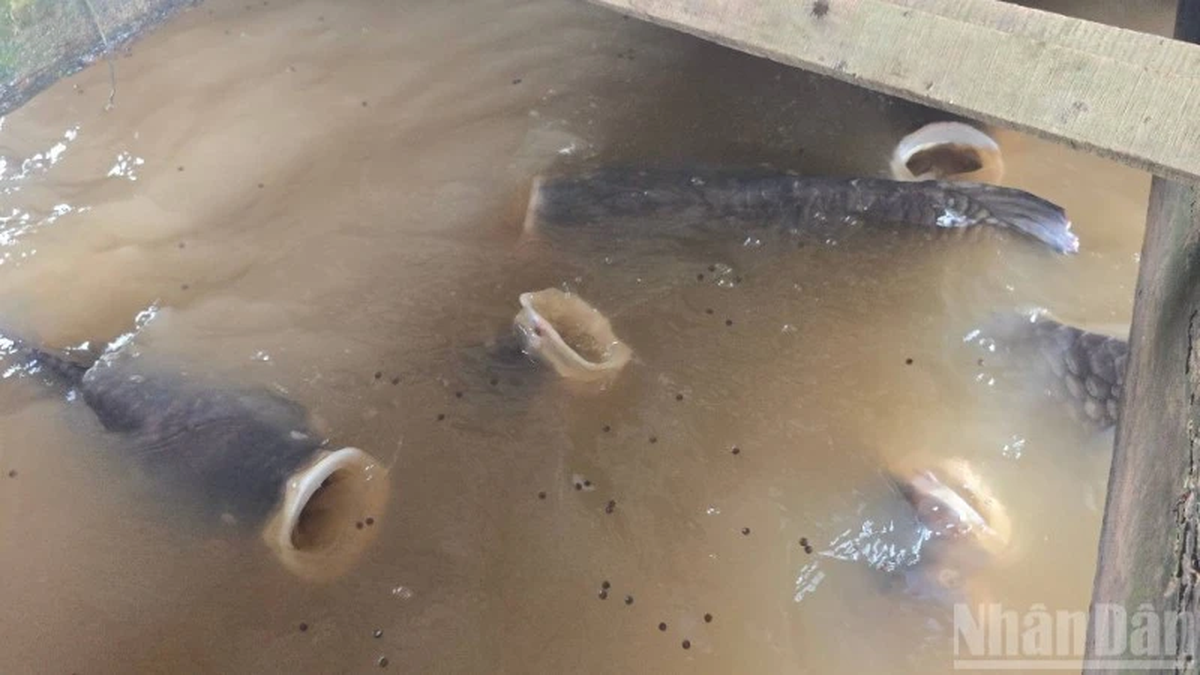
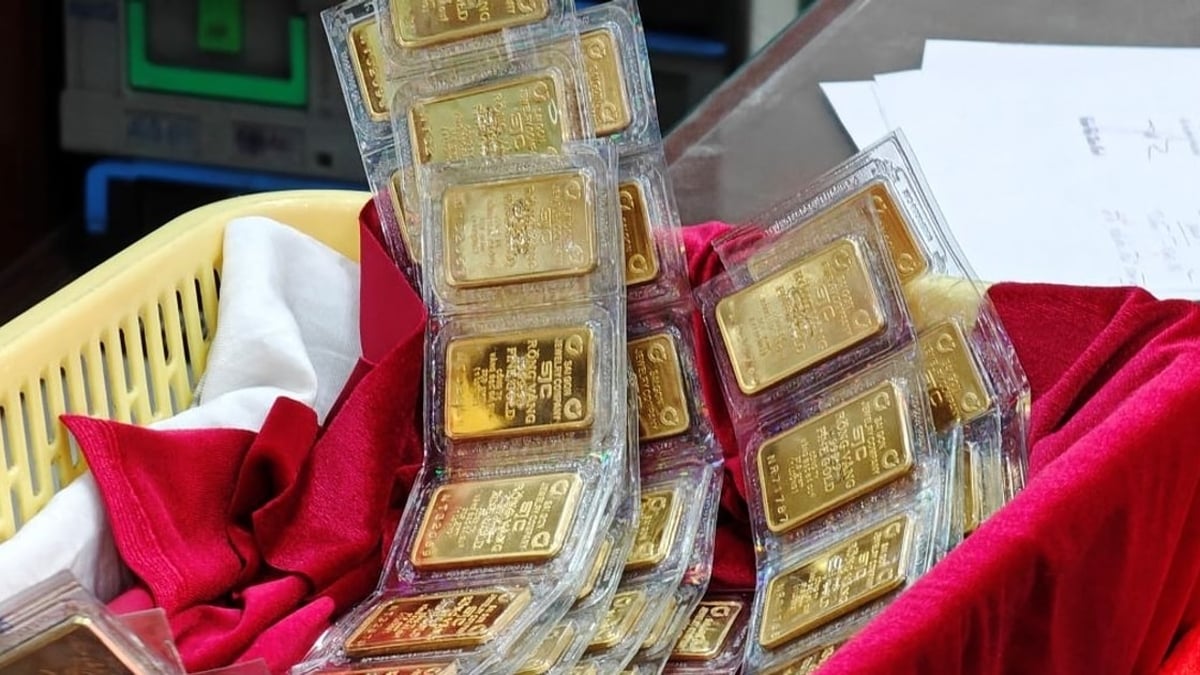

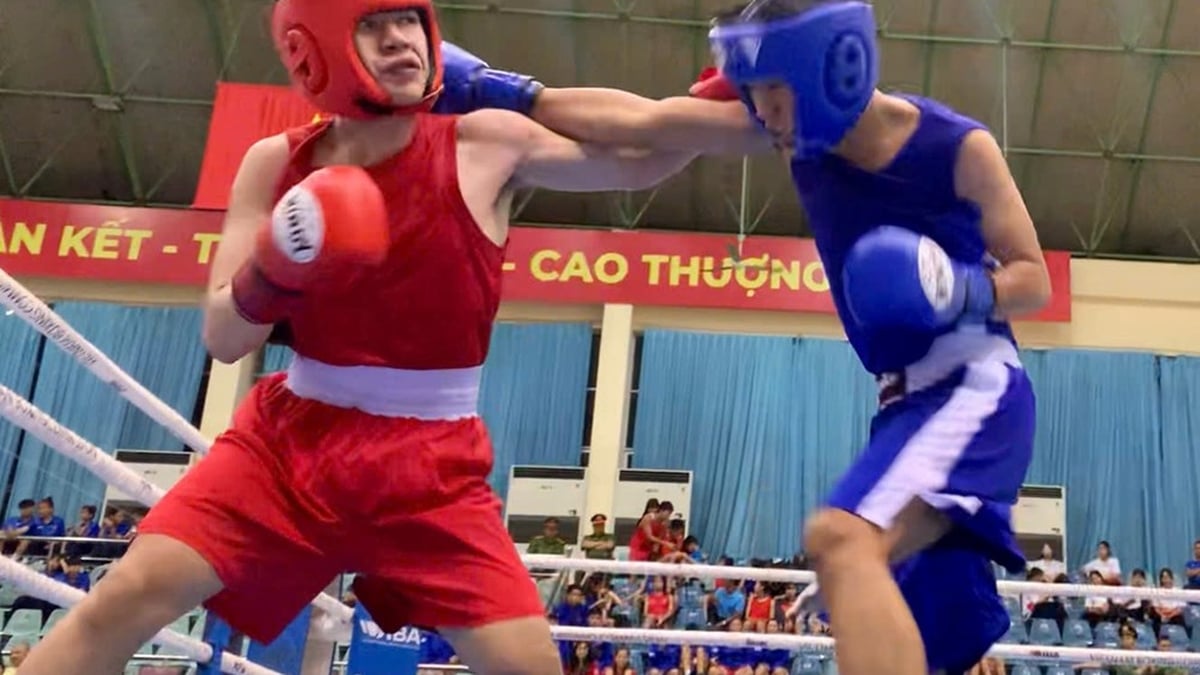












![[Photo] National Assembly Chairman Tran Thanh Man visits Vietnamese Heroic Mother Ta Thi Tran](https://vphoto.vietnam.vn/thumb/1200x675/vietnam/resource/IMAGE/2025/7/20/765c0bd057dd44ad83ab89fe0255b783)







































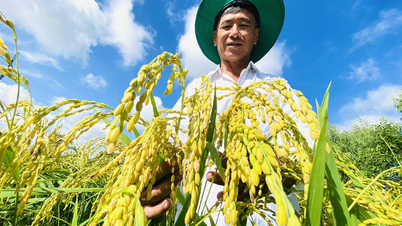










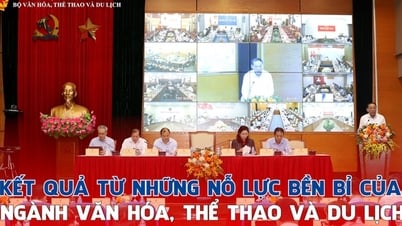
























Comment (0)